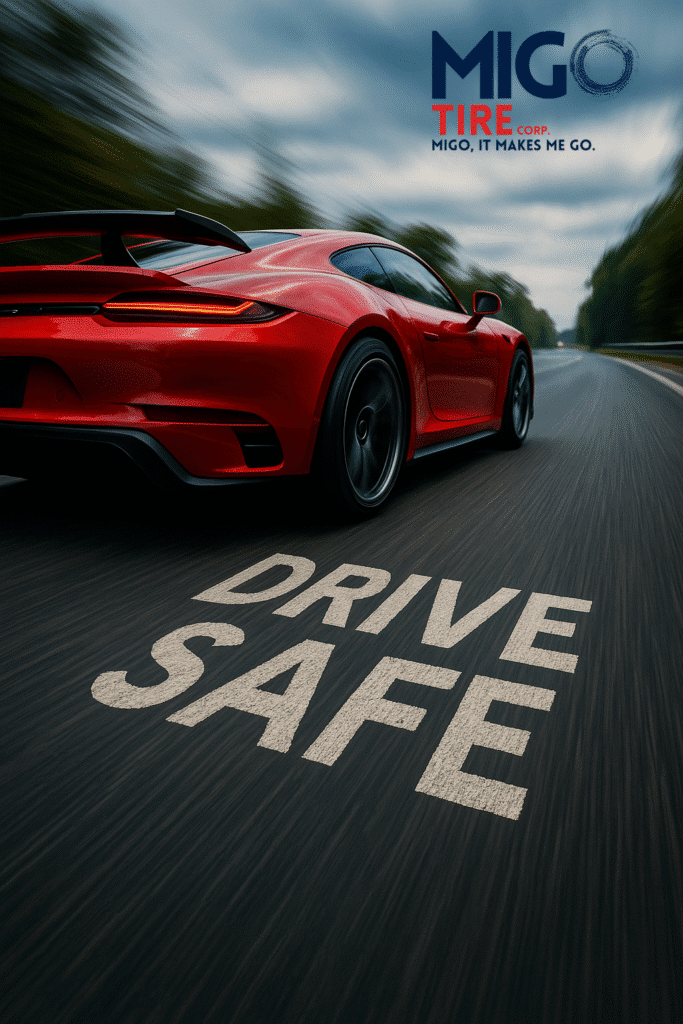When it comes to vehicle safety, few components are as critical as tires. Many drivers focus on tread depth, but overlook the condition of the tire sidewalls. Two of the most serious but often ignored issues are sidewall cracking and tire bulges (sidewall bubbles).
At first glance, cracks or a small bulge may seem harmless. In reality, they are strong warnings that your tires are no longer safe. In this article, we will cover the causes of sidewall cracks and bulges, the dangers they pose, and the best practices to prevent them.
The sidewall is the smooth vertical area between the tread and the rim. It carries the structural load of the tire and helps it maintain air pressure. When cracks form on the sidewall, it’s a sign of rubber degradation. Small surface cracks may be cosmetic at first, but deeper cracks compromise the tire’s integrity and safety.
A tire bulge occurs when the internal structure of the tire is damaged, causing air to leak into the outer rubber layer. Instead of a smooth surface, you see a bubble or bump on the sidewall.
Cracks – Replace if cracks are deep, widespread, or near the bead/rim.
Bulges – Replace immediately, no exceptions.
If in doubt, err on the side of safety.
Tire sidewall cracking and bulges are silent but dangerous threats to road safety. Recognizing their causes, spotting early warning signs, and acting quickly can prevent accidents and save lives.
Remember: Cracks may give you time, but bulges demand immediate action. Always prioritize safety over cost.

Suggested SEO Keywords: tire sidewall cracking, tire bulge, sidewall bubble, tire blowout risk, cracked tire sidewall, causes of tire bulges, replace cracked tires, tire safety tips